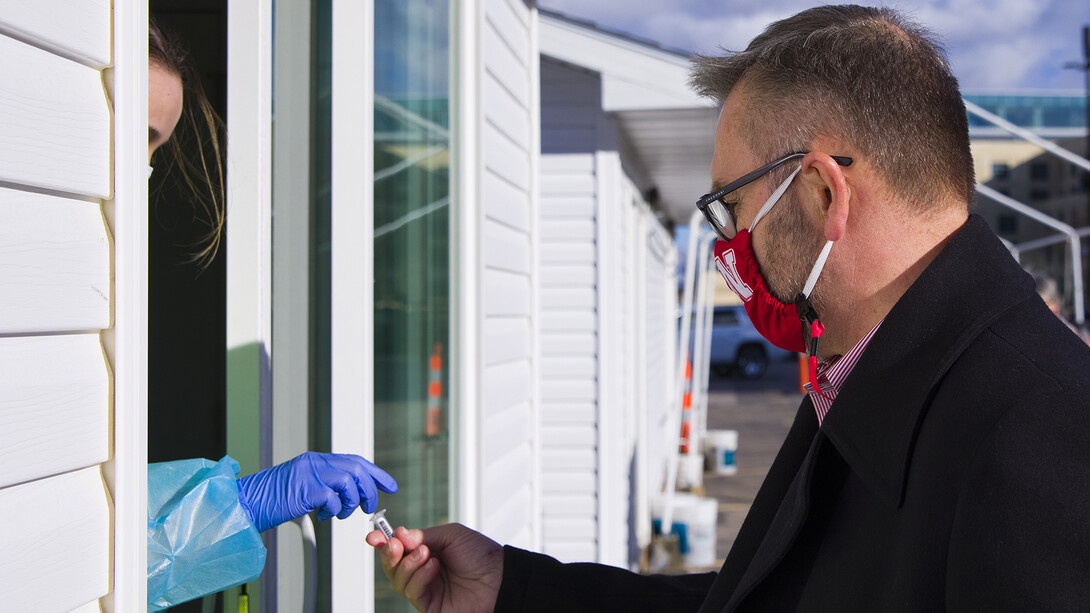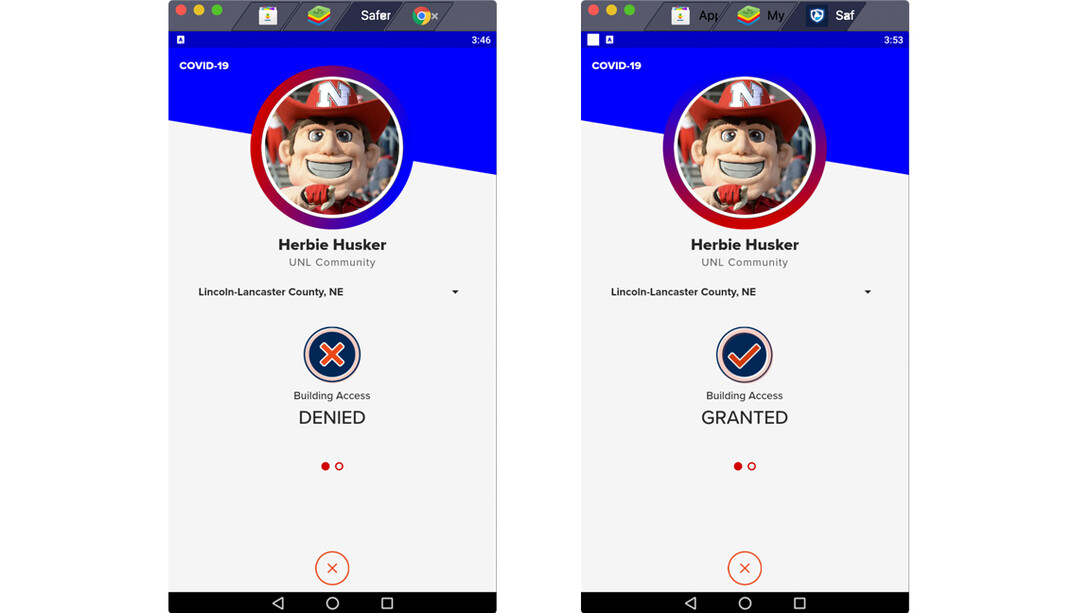
The university is using minimally invasive, saliva-based testing as part of its multi-layered approach to reduce the spread of COVID-19 in the spring semester. Here are the basics and links to take a deeper dive into the new testing protocol.
Required to be on campus
At this time, if you are a student, instructor or staff and plan to work, study, attend class, visit a rec center or do any other activity on campus in the spring semester, you must take part in the testing protocol. Exemptions are available here. Campus visitors do not need to get tested, but must follow all other COVID-19 protocols.
Two-test process
The program include two tests at the start of the semester. If you plan to be on campus when classes start Jan. 25, you must complete the first test and receive a negative result. The second test must be completed roughly 10 days after the first and before the end of the third week of the semester (which is Feb. 8-12). Currently, the Safer Community app offers an eight-day window to schedule a test. So, the university community is asked to wait at least 48 hours after completing the first test to schedule the necessary second round.
Important first test
A negative result on the first round of the saliva-based testing grants students, instructors and staff access to campus. Results are expected within 24 hours. To access campus when classes begin Jan. 25, testing should be completed by at least Jan. 24 — though, sooner to reduce possibly delays in testing results.
Equally important second test
The second test extends campus access if completed on schedule. Campus access will be reduced if you skip the second test.
Results via app
Smartphone users should download the Safer Community app from Apple or Google, logging in with a UNL username and password. The app can be used to schedule a test, receive results and access a “status card” that will be shown to Wellness Attendants to gain access to campus facilities. You will not need to show a status card until the first day of classes, which is Jan. 25.

No smartphone, no problem
Members of the campus community who do not have a smartphone can schedule a test using this form. Results can be viewed here and are available as soon as processing is complete. A printable building access pass will be available soon.
No printer, no problem
If you do not have access to a printer, the university has made two print kiosks available to print a status card to show Wellness Attendants. The printers are available at the 17th and R streets parking garage and at the East Campus Service Building.
Wellness Attendants
Wellness Attendants will be stationed at building entrances across campus to check testing status through the Safer Community app or a printed status card. Without the app or status card, individuals on campus will not be granted admission to campus facilities. Learn more about the Wellness Attendants.
Extra steps for students
Before downloading the Safer Community app, students must complete the Spring 2021 Cornhusker Commitment via MyRed and are asked to review Spring 2021 COVID-19 training.
Further testing
Data gathered during these first two rounds will be used to gauge the need for additional testing. The university will work with the Lincoln-Lancaster County Health Department to develop those plans. If necessary, details will be announced.
Feeling ill or suspect exposure to the virus?
Do not use the university’s saliva-based testing program if you have COVID-19 symptoms or believe you have been exposed to the virus. Results for those individuals should be sought by consulting a doctor or accessing testing through the university’s TestNebraska site (located immediately west of the Cather Dining Center on 17th Street, between R and Vine streets) or at the University Health Center. Both sites offer the nasal-based testing. Learn more about testing options, result reporting and contact tracing.
One-stop resource
For more information regarding the university’s multi-layered approach to mitigating the threat of COVID-19, including details about the saliva-based testing program, click here.







